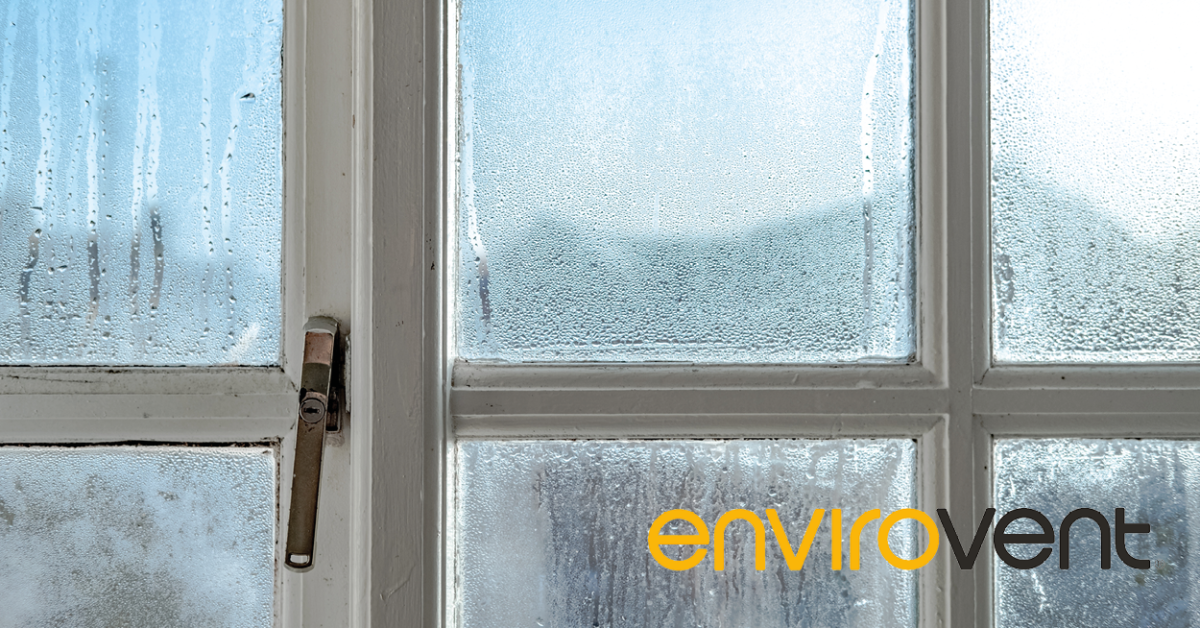

Banish condensation and mould this winter
Many tenants tend to ignore the early signs of condensation until the problem has exacerbated, causing mould to spread across your walls, windows and ceilings.
Often, despite the problem going on for months, when they do make a complaint, tenants expect you to solve the problem in a timely manner - and completely redecorate the damage that has been done.
Therefore it’s fair to say the winter season can be an expensive time if your tenants are not instructed to spot the signs of condensation and take precautions.
Condensation is caused due to a lack of adequate ventilation and heating. As we spend more time indoors and make our property more energy efficient, the build-up of moisture and humidity levels increase.
In fact, four people living in a three-bedroom property would create 112 pints of moisture a week from just breathing, cooking, showering and boiling the kettle.
So what can your tenants do to prevent condensation?
If your tenants have reported damp or mould issues then you probably want to think about a permanent solution and install a whole house ventilation unit to stop the problem from recurring and to prevent further damage to your property.
If your tenant has yet to report problems with condensation or mould then you might want to share these simple tips with them to reduce the humidity levels in the short term:
- If you have a washing machine or tumble dryer in your property, ensure that it is vented correctly. From just one load of washing two litres of water is emitted into the air.
- If possible, dry clothes outdoors to prevent excess moisture escaping into your property. If you live in a flat this might not be possible so always open your windows if you need to dry clothes indoors
- When boiling a kettle, taking a shower or cooking, ensure that your kitchen and bathroom doors are kept closed to prevent steam going into colder rooms which will cause condensation.
- Cover your pans with a lid when cooking to reduce moisture. Also ensure that you have opened a window, or you are using an extractor fan if you have one fitted. Don’t turn off the extractor fan or close the window as soon as you finish cooking - leave it open for 15-20 minutes afterwards to clear the air.
- When you are taking a shower, or a bath ensure that you turn on an extractor fan or open a window to get rid of the steam that is created. This will help reduce the amount of condensation that appears on your bathroom windows but won’t eliminate the problem.
- If you don’t have an extractor fan in your bathroom or kitchen then make sure you wipe down the surfaces in the bathroom and kitchen when they have been cooking or taking a shower. Excess moisture will quickly turn to mould
- Do not overfill bedroom wardrobes and kitchen cupboards. Overfilled cupboards are a breeding ground for mould as the air is not able to circulate freely inside
- For the same reason, make sure that any furniture is at least 50mm away from the surrounding walls so that air can move around the property. Also try to put wardrobes against internal walls in bedrooms; this will be less cold than external walls.
- Ensure an adequate amount of heating is available to improve the internal temperature of surfaces and reduce the likelihood of condensation.
Double glazing, loft insulation and draft proofing will help to reduce the amount of heat that is lost from a property. Installing insulation will also help to keep the temperature of the surfaces inside the property high.
Adequate ventilation is essential to allow the moisture to escape from a property before it turns into condensation. Installing an energy-efficient extractor fan in the kitchen and bathroom can improve the humidity levels and prevent condensation.
Need a rapid response to condensation or mould problems?
If your tenants have severe condensation or mould and you require an urgent solution to remediate the problem then request a free survey here. We will contact you within 24 hours to discuss your problems.

